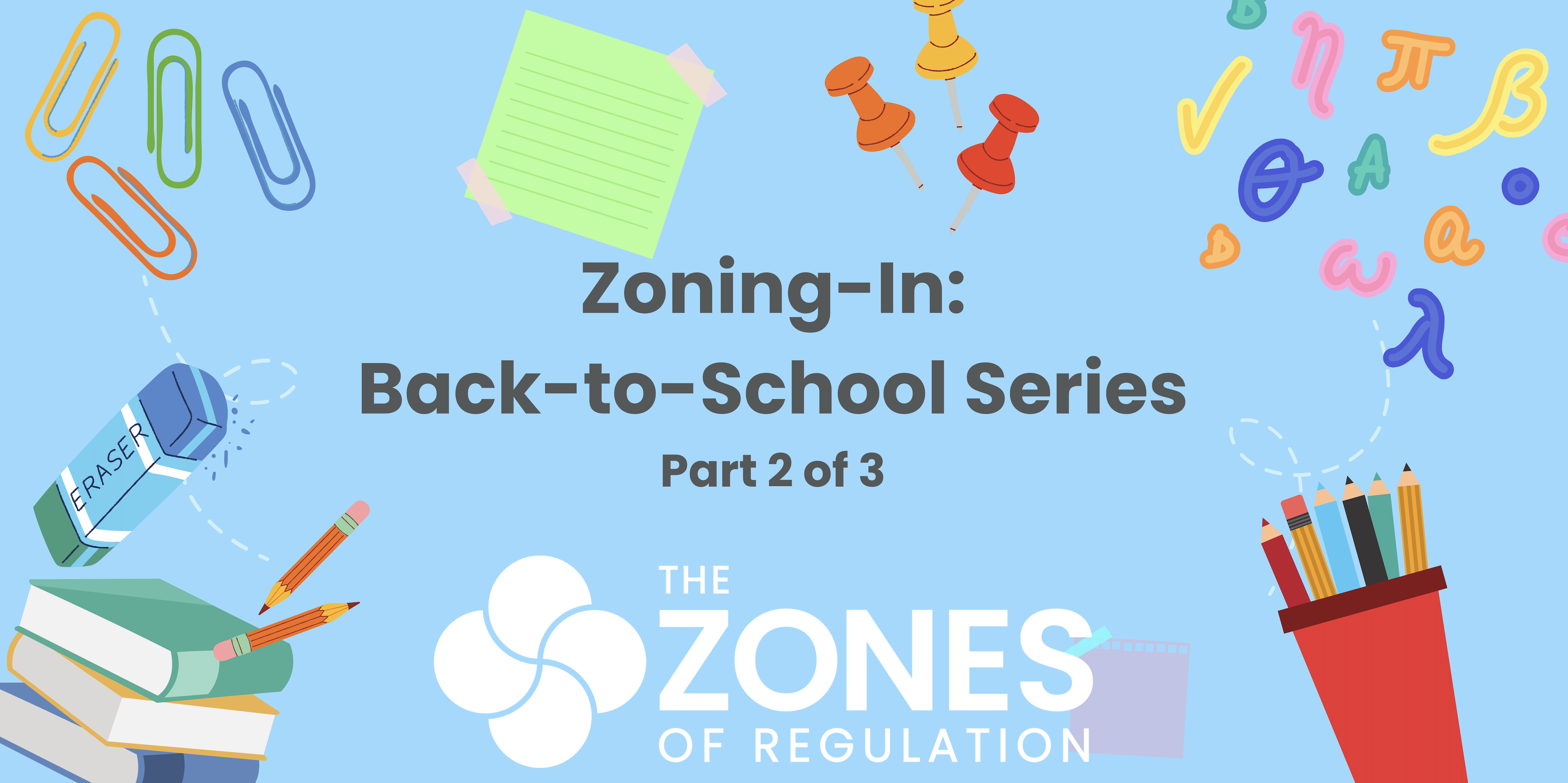Back-to-school season unites parents/caregivers and teachers in the joint effort to ensure a smooth transition for the young people in our lives. Establishing strong communication between home and school is extremely helpful for a successful start and year ahead.
Here are six suggestions for caregivers and teachers to establish a partnership for transitioning back to school by focusing on open and positive communication. Consider trying one or more. If you do, we’d love to hear about it. Share your story with us at info@zonesofregulation.com.
1. Encourage letters about the child: Ask caregivers to write a letter before the school year starts or right in the beginning of the school year to provide information about their child. This letter can include insights about the child’s strengths, interests, and any specific needs they may have. Share information about their learning style, extracurricular activities, allergies, and specific interests that they enjoy. Provide details about any challenges they may face or strategies that have worked well in the past.
2. Attend Open Houses and Back-to-School Meetings: Open houses provide an opportunity for caregivers to meet their child’s teacher(s), understand classroom expectations, and establish a connection. Teachers and families can meet and learn about the teaching approach, curriculum, and culture of the classroom and school. As questions are shared and answered, relationships can develop.
3. Foster a Positive Mindset: Caregivers and teachers can model a growth mindset for kids by talking about the things they can look forward to this coming year, activities that they will be a part of and the things they are going to learn. Discuss the importance of trying their best and learning from mistakes. Focus on strengths and celebrate perseverance to build confidence and the desire to learn more, even when obstacles get in the way.
4. Establish Open Communication Channels: Maintaining positive and open communication between caregivers and teachers is crucial for any learner’s success. Provide multiple ways to reach out and share ‘wins’, ask questions or get insight about concerns. This can be done by email, letters, online dashboards, shared Google docs, or even journals that go back and forth from home to school. Setting this up will help both caregivers and teachers stay informed and up to date with the child’s progress, events, and any concerns.
5. Attend Conferences or 1-on-1 Meetings: Parent-teacher meetings can provide a more mindful dialogue about a child and what additional support might be needed at home or school for them to thrive. Social, academic, and behavioral insights can be shared along with what is going on in both environments. For example, if a child has a favorite regulation tool that they use at home, you can brainstorm ways to integrate it at school. A collaborative approach like this provides a more personal structure and is a great model for helping a child thrive both at home and school.
6. Engaging in School Activities: Attending in community events is a great way for families and teachers to stay connected. When parents and caregivers share their time and skills, teachers and students understand that others value and support their education and efforts. There are so many different ways families could be involved with the happenings of their child’s classroom, such as chaperoning field trips, bringing something special from for the class to learn about, reading aloud a favorite book, sharing about their profession, helping prep for an activity, reading 1:1 with kids, stuffing communication folders, assisting with creative (and sometimes messy) projects, etc. By partnering and engaging in school life, caregivers and teachers can support the development of the whole child, family and school community.
Taking the time to focus on proactive and open communication can set the stage for a smooth school year ahead. Caregiver and teacher partnerships are not only helpful for your child but can be extremely beneficial for the adults and school.
To learn about the four Zones of Regulation click here.





